To share
The Overland Track in Tasmania offers a breathtaking journey through some of Australia's most stunning natural landscapes. Spanning 65 kilometres over six days, this trail takes adventurers from Cradle Mountain to Lake St Clair. It's a must-do for hiking enthusiasts who seek both challenge and beauty in the heart of the Tasmanian Wilderness World Heritage Area.
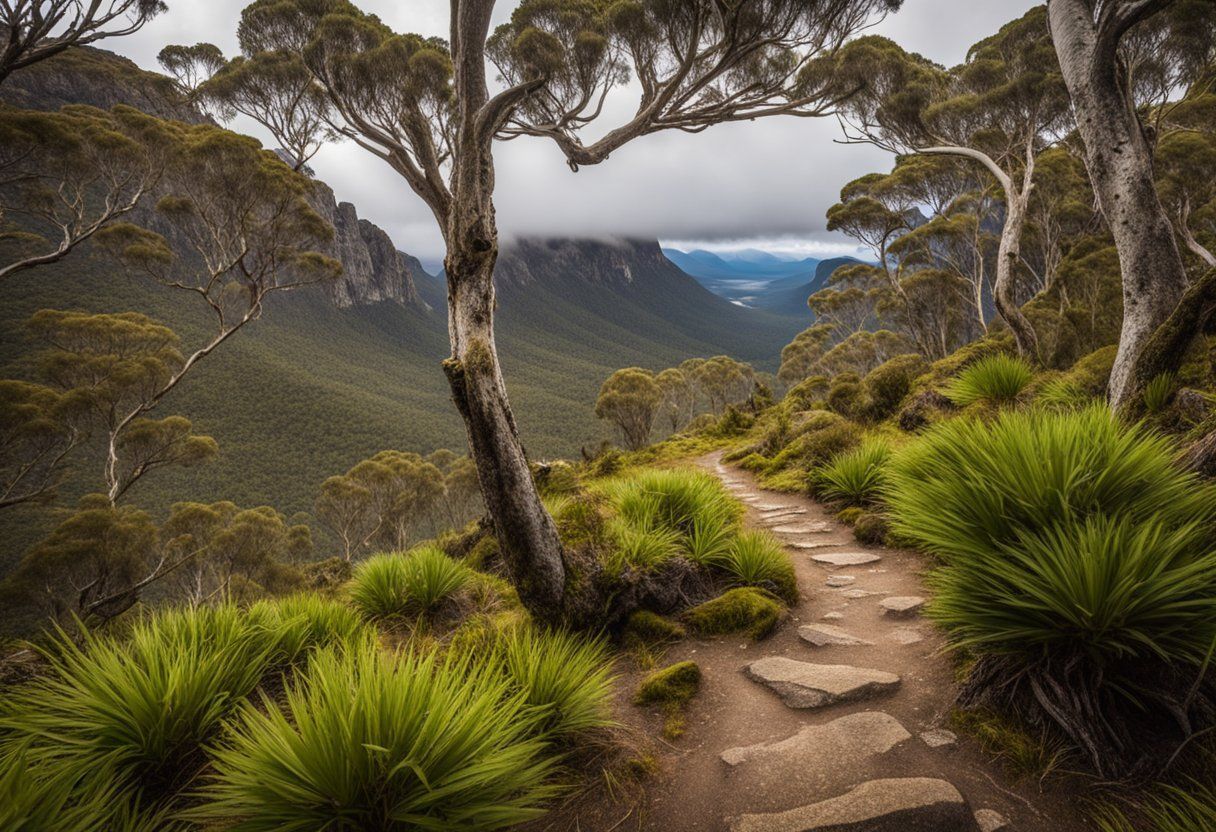
Hikers can enjoy scenic campsites, diverse wildlife, and iconic peaks along the way. Booking this trek can be done through various platforms, and it's essential to secure a parks pass for the journey. Travellers have multiple options, including guided tours that provide food drops and expert guidance to enhance the hiking experience.
Adequate preparation and respect for the environment are crucial when embarking on this adventure. Walkers should be aware of the weather conditions and carry necessary gear for safety. The Overland Track attracts visitors year-round, with winter providing a unique, albeit challenging, experience.
Key Takeaways
- The Overland Track is a famous 65 km hike in Tasmania.
- Booking and preparation are essential for a safe trip.
- Respecting the wilderness is key during the trek.
Planning Your Journey
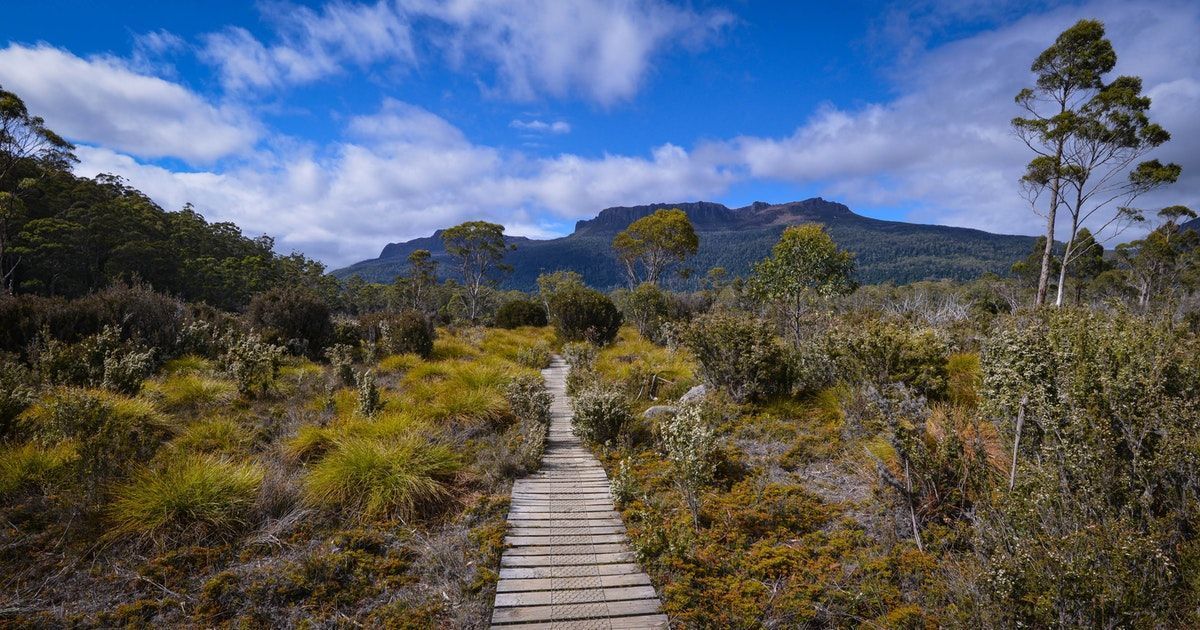
When planning a trip to hike the Overland Track in Tasmania, preparation is key. Start by securing a spot through the booking system. Remember, bookings are necessary between October and May.
Parks Pass: A National Parks Pass is mandatory all year, while an Overland Track Pass is required in peak months. These can be purchased online or at visitor centres.
Weather Forecast: The weather can change rapidly. Check the forecast regularly and be prepared for rain, wind, or even snow, even during warmer months.
Safety Checklist:
- Inform someone about your itinerary.
- Carry a map and compass.
- Pack a first aid kit.
- Carry a Personal Locator Beacon (PLB).
Walker Pack List:
- Clothing: Layers, waterproof jackets, and sturdy boots.
- Food: Lightweight, high-energy snacks and meals.
- Camping Gear: Tent, sleeping bag, and cooking equipment.
- Essentials: Sunscreen, insect repellent, and water purification tablets.
Preparation ensures a safe and enjoyable journey on this iconic track.
Getting to the Track
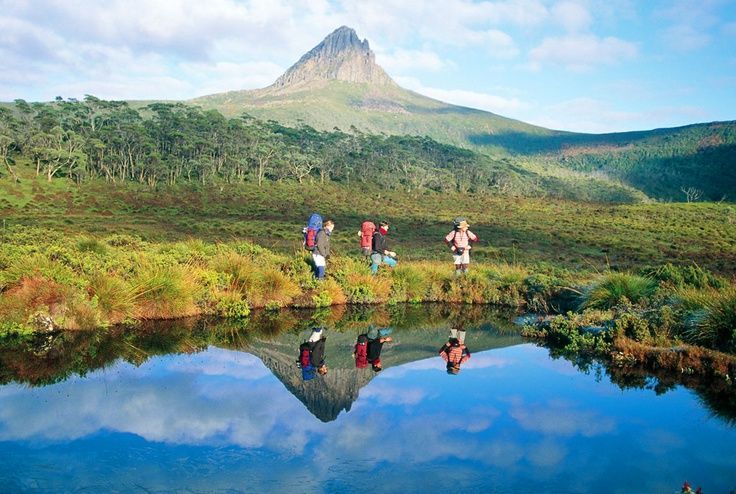
The Overland Track in Tasmania starts at Cradle Mountain. Travellers can choose from various transport options to reach this remote yet popular destination. Two major options are highlighted below: transport services to Cradle Mountain and starting from Launceston.
Transport to Cradle Mountain
Reaching Cradle Mountain requires planning due to its remote position. Various transport options are available for visitors. Cradle Mountain Coaches provides direct routes from major towns and cities. Offering comfort and convenience, these coaches are a reliable choice.
Another option is a Shuttle Service that operates regularly from several nearby locations. These shuttles provide an easy way to reach the park without the need for a personal vehicle. The shuttle stops at key points, allowing flexibility in pick-up and drop-off locations.
The Tasmania Parks and Wildlife Service website offers detailed schedules and information, assisting visitors in planning their trip effectively. Booking in advance is recommended, particularly during peak seasons, to secure a spot on these popular transport services.
Launceston Starting Point
Launceston is a popular starting point for those heading to the Overland Track. The city has excellent links to Cradle Mountain, making it a convenient base. From Launceston, visitors have multiple options including buses and coaches. Cradle Mountain Coaches operates a regular service from Launceston, providing a direct and efficient route to the park.
Driving from Launceston is another choice, taking about two and a half hours. The drive offers scenic views and flexibility with timing but requires planning for car parking at the park.
For those choosing public transport, schedules vary, so checking in advance is important. This ensures alignment with travel plans and provides a smooth journey to the trailhead of the Overland Track.
On the Trail
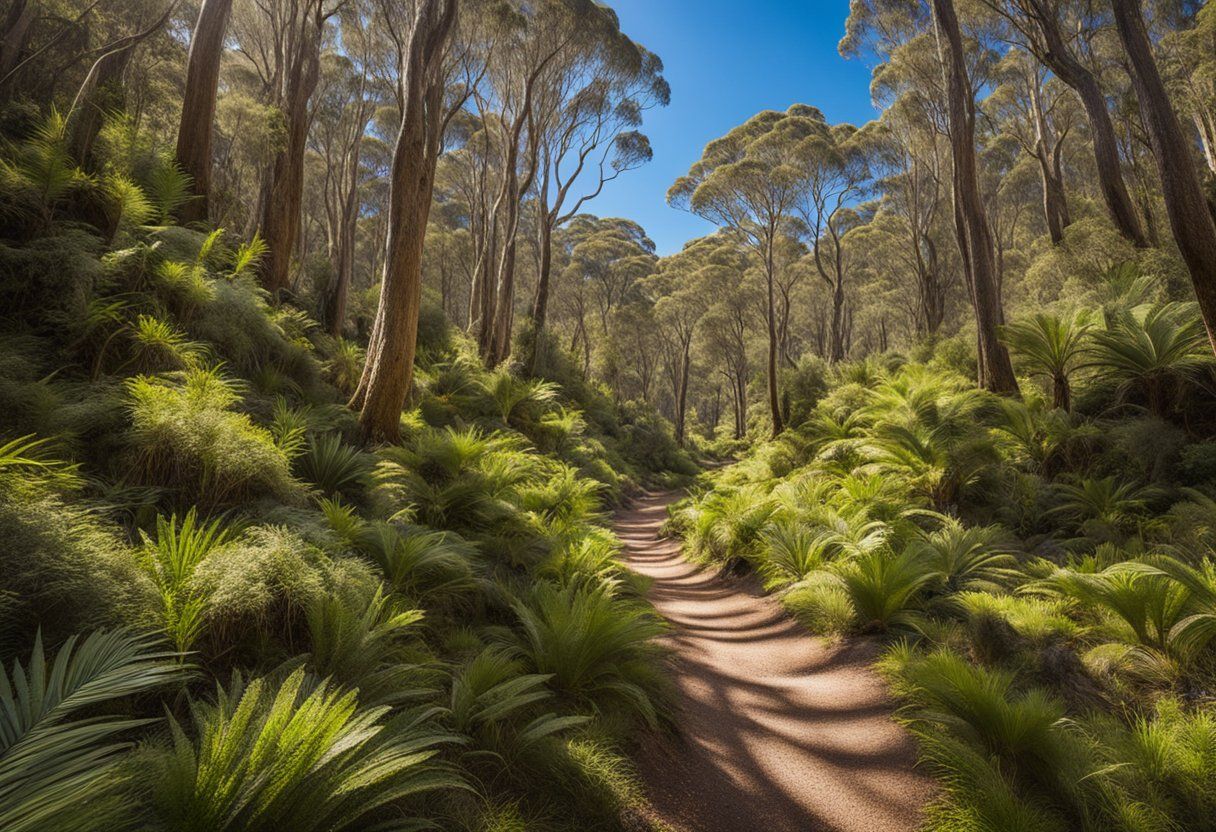
The Overland Track in Tasmania offers a remarkable experience with its diverse landscapes and notable landmarks. Accommodation options along the trail cater to different preferences, ensuring a comfortable adventure through stunning natural settings.
Accommodation Along the Track
Hikers have access to several public huts along the trail, providing basic facilities for rest and shelter. Waterfall Valley Hut is one of the first stops, offering a simple but cosy place to stay. As they progress, hikers will find Pelion Hut and Kia Ora Hut, both of which are popular stops due to their convenience and comfort.
Camping is another option for those seeking a closer connection to nature. Campers will find designated sites near huts and along the track. Facilities are limited, so preparation is key. Log books are available at huts for recording entries, which helps with safety and tracking visitor numbers.
Notable Landmarks
The trail is rich with impressive landmarks that captivate all who pass through. Cradle Mountain stands as a significant highlight at the northern end, drawing hikers with its rugged beauty. Mount Ossa, the highest point in Tasmania, offers breathtaking views from its summit for those willing to take the challenging climb.
Pelion Gap is another striking feature, connecting various parts of the track and providing spectacular vantage points. The historic Du Cane Hut offers a glimpse into the past and serves as a reminder of the area’s rich history. Reaching Lake St Clair marks the end of the journey, offering a serene and reflective end to the trek.
Varied Landscapes
Diverse landscapes define the Overland Track, providing ever-changing scenery. The Button Grass Plains stretch across vast areas, showcasing the unique flora of the region. Myrtle-Beech Rainforest areas bring a lush, green aesthetic, contrasting with open wooded areas.
The Alpine Plateau presents picturesque views that often captivate hikers, especially when covered in snow or wildflowers. Moving through Eucalypt Forests, the trail offers a different type of ecosystem rich in Australian native trees and wildlife. As hikers near Crater Lake, the dramatic scenery combines with cool, misty conditions, adding an element of mystery and wonder to this iconic trail.
Safety and Preparedness
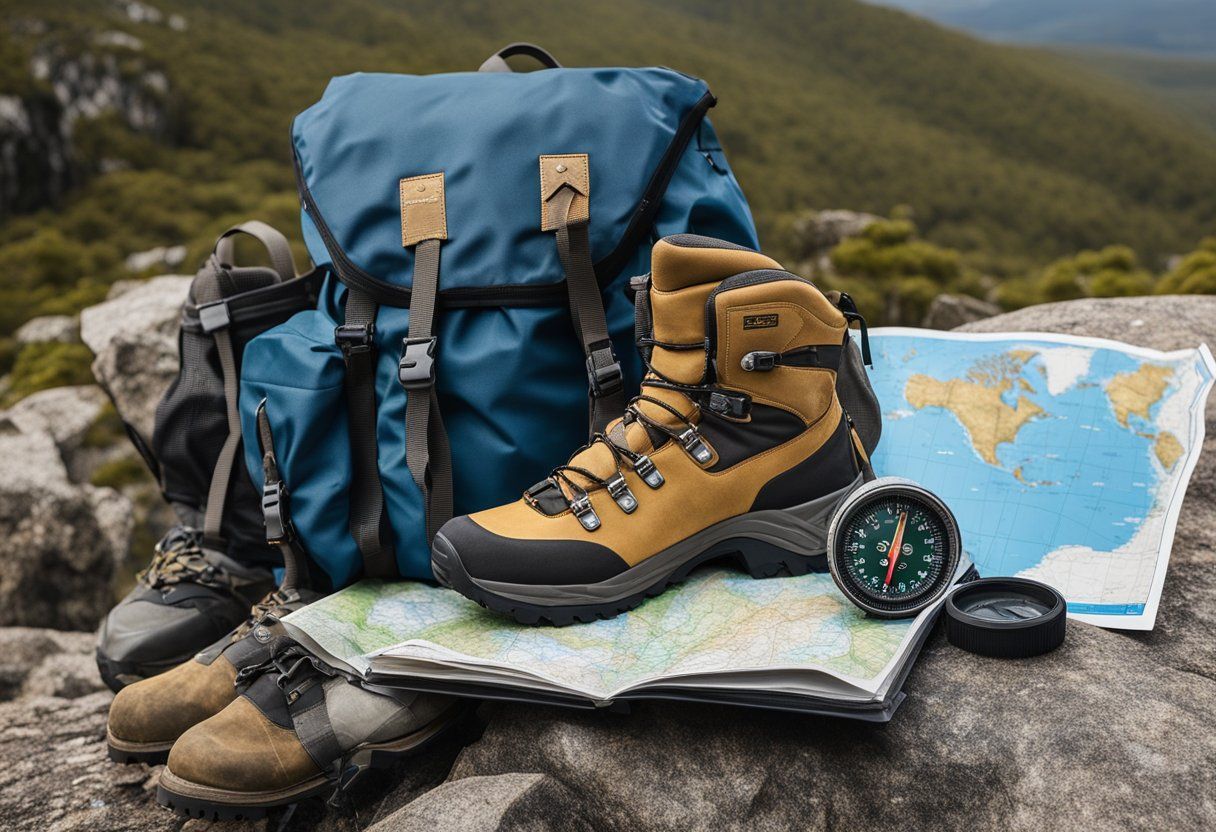
Trekking the Overland Track in Tasmania requires careful planning and awareness of potential risks. Hikers should come prepared with essential gear and knowledge of local conditions to ensure a safe and enjoyable experience.
Understanding the Risks
The Overland Track winds through remote alpine regions known for sudden weather changes. Extreme weather, including cold temperatures and heavy rain, can occur at any time. Hypothermia is a serious risk, especially if hikers are not adequately dressed or equipped.
Hikers are advised to be aware of the Safety Checklist offered by Tasmania Parks & Wildlife Service. This checklist covers vital safety information specific to the trail. Being informed about potential hazards, like sudden weather changes, can make a crucial difference.
Should an emergency arise, it is essential to know that emergency services can be contacted for assistance. Carrying a Personal Locator Beacon (PLB) is recommended, and these devices can be hired from various locations like Hobart and Cradle Mountain visitor centres.
Essential Gear
Hikers need to be well-prepared with the right equipment. A reliable tent is crucial even if one plans to sleep in huts, as the huts might be full. Quality layering systems for clothing can help in regulating body temperature and protecting against the cold.
Carrying topographic maps and a compass is essential for navigation, and having a GPS is an added advantage. A PLB is invaluable for emergencies, allowing hikers to signal for help when mobile coverage is unavailable.
In addition to equipment, hikers should adhere to Leave No Trace principles. Keeping the environment pristine is crucial for the preservation of this world heritage area. Packing out all waste and minimizing impact ensures the trail remains beautiful for future visitors.
Conserving the Wilderness
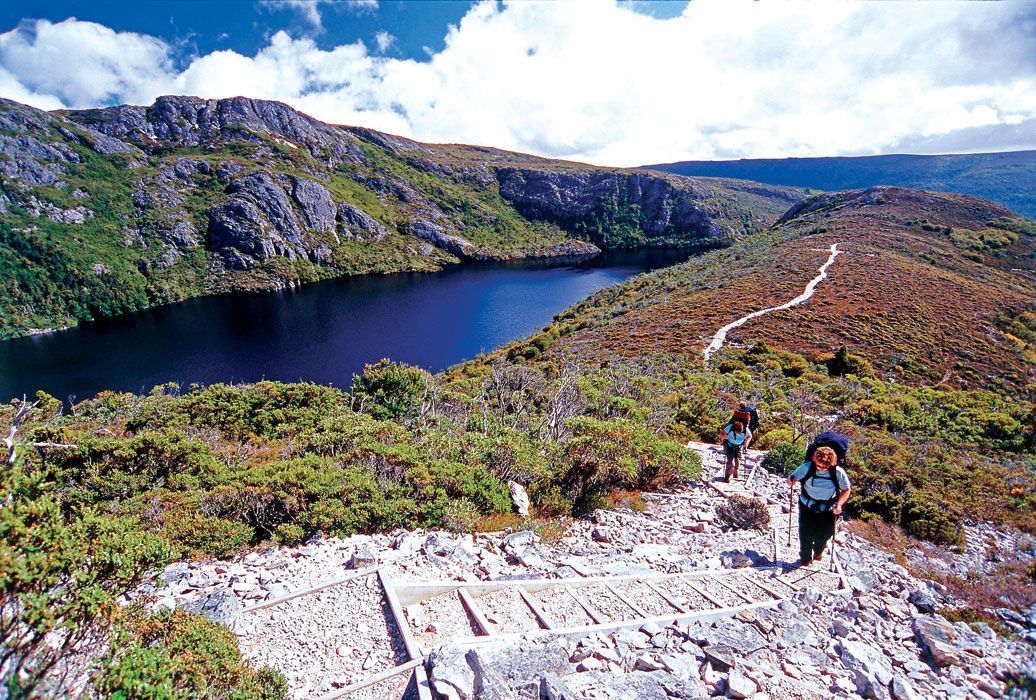
Conserving the natural beauty of the Overland Track is crucial. This 65 km trail through the Tasmanian Wilderness World Heritage Area offers stunning landscapes that need protection.
Environmental Stewardship
Maintaining the Overland Track requires solid environmental stewardship. The Tasmanian Parks and Wildlife Service plays a key role here. They promote the Leave No Trace principles to preserve the trail's beauty. Hikers are encouraged to pack out all waste and avoid picking plants or disturbing wildlife.
By following these guidelines, the delicate ecosystems along the track are protected. The service also monitors trail conditions and restores areas when needed. This ensures the track remains a place of wonder for both present and future generations.
Additional Options
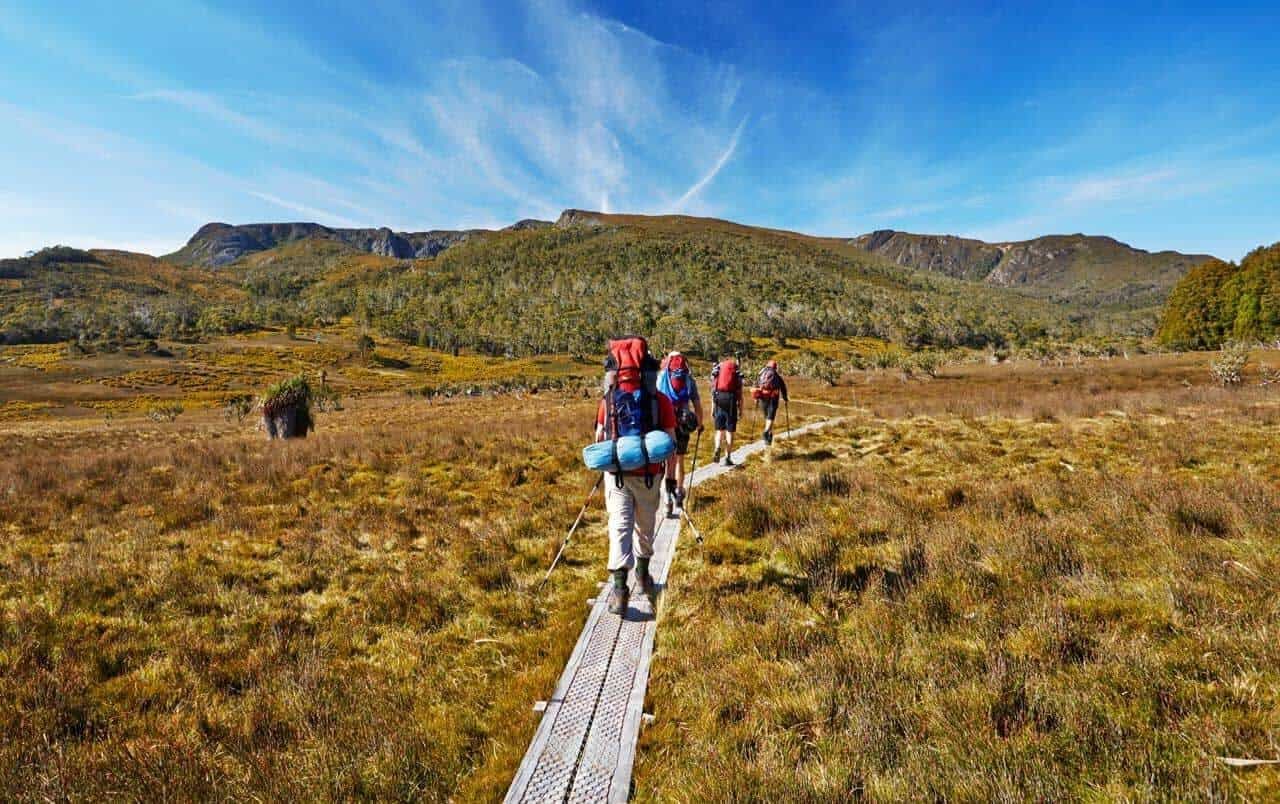
The Overland Track offers several ways to enhance the hiking experience. Whether opting for guided tours or exploring on your own, each choice provides unique opportunities.
Guided Tours
For those seeking a guided experience, opting for a guided tour can be an excellent choice. Companies like the Tasmanian Walking Company provide expertise and local know-how, ensuring a well-rounded adventure. Guides often share insights into the natural landscape, wildlife, and history of Tasmania, enriching the journey beyond the path.
Guided tours offer convenience, with logistics such as food and accommodation often taken care of, which can be a relief for first-time or international visitors. These tours also provide safety, which can be comforting in remote areas. While a guided tour may cost more than an independent walk, the curated experience often makes it worth the investment for many hikers.
Extended Exploration
For those who prefer to venture further, extended exploration provides an opportunity to see more of the stunning Tasmanian wilderness at your own pace. Independent Walkers can extend their multi-day walks by linking additional trails before or after the Overland Track. This flexibility allows for a personalised adventure.
Planning extended exploration requires additional preparation, including obtaining necessary permits and planning for supplies, which can be sourced in nearby towns. This option suits experienced hikers familiar with navigation and wilderness safety, offering a profoundly immersive experience in one of the world's most beautiful natural settings.
Frequently Asked Questions
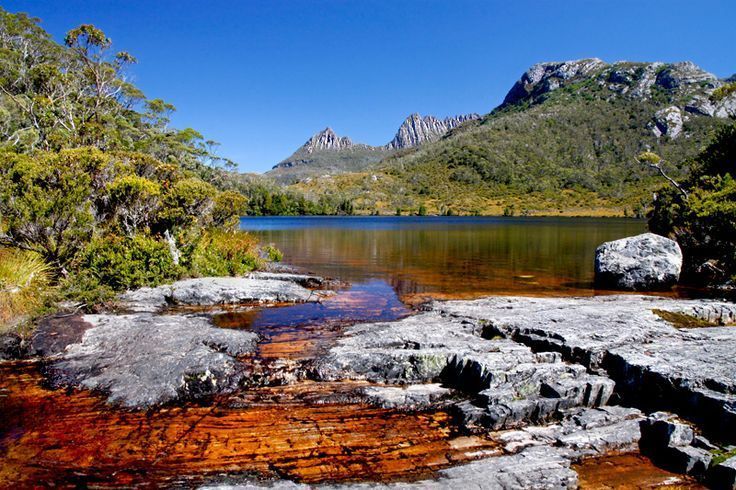
Hiking the Overland Track is a bucket-list adventure with varied accommodation, self-guided options, and necessary permits. Planning your transport, booking details, and understanding trail sections is key for a successful trek.
What are the accommodation options available along the Overland Track?
Walkers can stay in public huts along the track. These huts have basic facilities but are limited in number. Trekkers are advised to carry tents as a backup. Using a permit does not guarantee space in huts.
Can you complete the Overland Track without a guide and if so, how?
Yes, independent hikers can complete the Overland Track. Hikers need to be well-prepared and carry all necessary gear. Booking a permit is essential for the hike.
How do you book a spot to hike the Overland Track, and when is the best time to do so?
Bookings open at specific times each year, and you can only secure your spot online. The booking page is where all reservations are made. The peak walking season runs from October to May.
What are the transportation options to and from the start and end points of the Overland Track?
Transport to the start at Cradle Mountain and the end at Lake St Clair usually requires assistance. You can book buses or private shuttles, which operate regularly during the walking season.
What is the total distance of the Overland Track and what is a typical itinerary?
The Overland Track is about 65 kilometres long. It's commonly completed over six days, starting at Cradle Mountain and ending at Lake St Clair. Each day covers a different section, offering varied landscapes and challenges.
Are there fees associated with hiking the Overland Track, and what do they cover?
Fees include a parks pass and help maintain the track. This cost covers entrance to the national park and use of the trail during your hike. Booking is vital during peak seasons due to increased visitor numbers.




